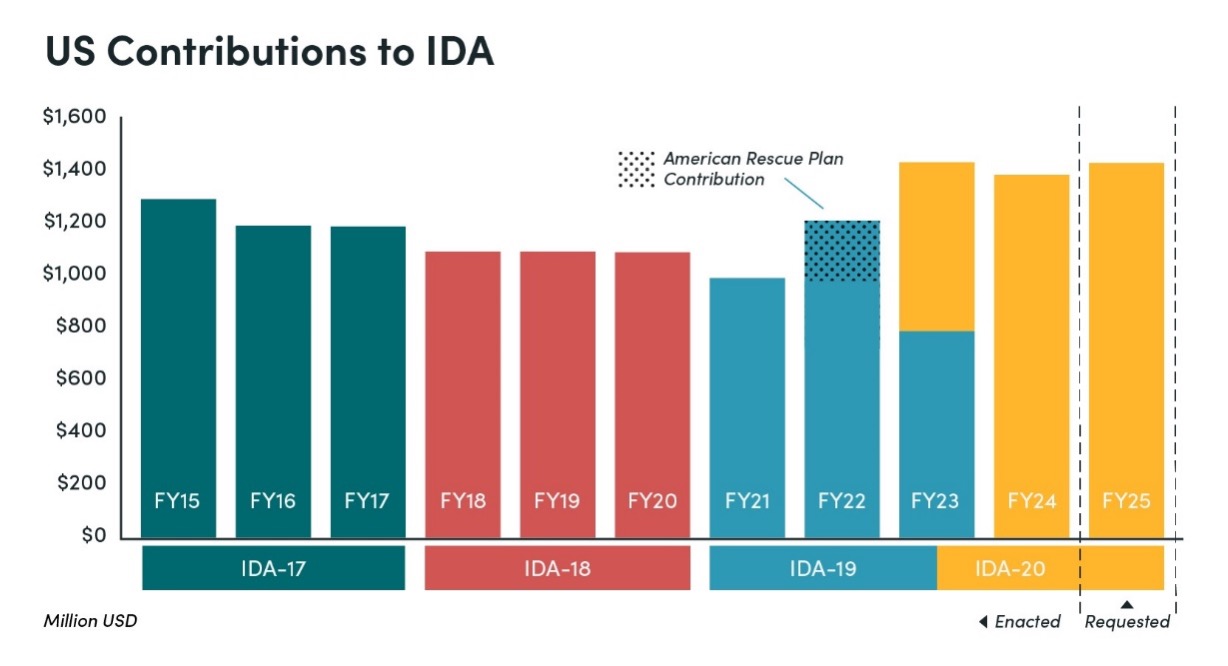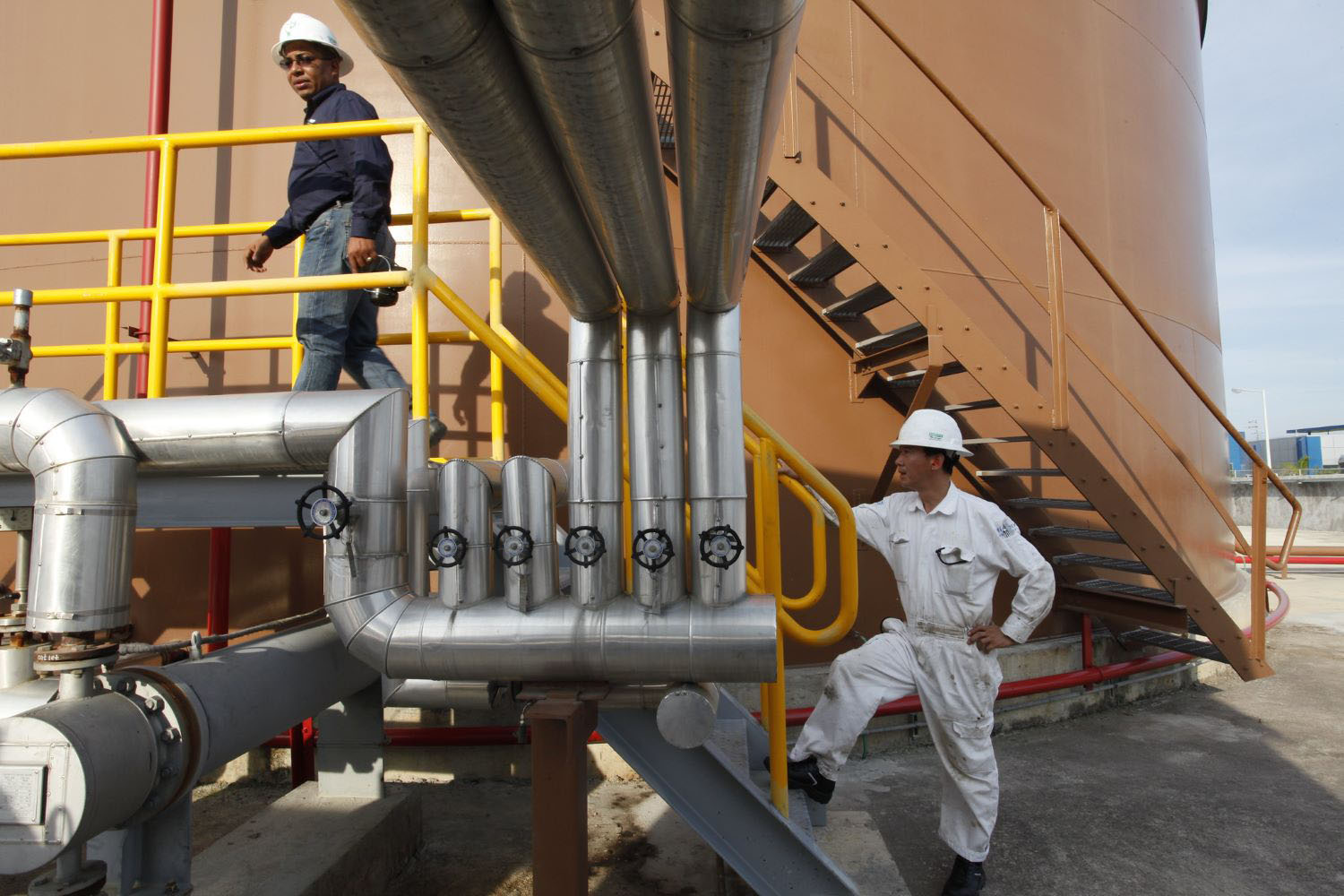For years, the Overseas Private Investment Corporation (OPIC) has been attacked by a handful of organizations as corporate welfare. Most recently, the Heritage Foundation made this argument boldly and loudly when the U.S. Senate was first considering the Energize Africa Act, which was co-sponsored by Senators Menendez (D-NJ), Corker (R-TN), Coons (D-DE), Isakson (R-GA), Markey (D-MA), and Johanns (R-NE). Amongst other things, the legislation included a multi-year reauthorization for OPIC along with a number of reforms to make the agency more effective and accountable. In the end, the OPIC provisions were stripped from the bill and the pared down Electrify Africa Act was passed and signed into law. The saber rattling about OPIC as a boon for large American companies seemingly won the day.
But, were the charges of corporate welfare actually true? My colleague Todd Moss and I spent months looking at the data to get an answer, and here it is: no.
Analyzing the corporate welfare question has been an unnecessarily difficult exercise. Despite major improvements in OPIC’s transparency, there still is no single publicly available dataset that includes comprehensive information about the agency’s portfolio. Yes, OPIC has a searchable project dataset, but it only includes very basic information. Digging deeper requires clicking through hundreds of project descriptions (in PDF format), which very few people are willing to do. This is one reason why the argument by anecdote approach against OPIC has proved so effective over the years.
So along with our colleague Jared Kalow, we built a better dataset, the OPIC Scraped Portfolio dataset. Only after creating this detailed collection of nearly 1,500 OPIC projects over the past fifteen years, we are finally able to shed data-driven light on this debate. (For additional details, see our new CGD paper.) We’ll blog soon about our other major findings, along with the full dataset for public access.
On the corporate welfare critique, here’s what we found:
-
Between 2000 and 2014, Fortune 500 companies accounted for 30 percent of OPIC project commitments by value.
-
Two large US financial firms – Citibank and Wells Fargo – account for the vast majority of these Fortune 500-related projects, especially over the last five years.
-
Yet nearly every Citibank and Wells Fargo project (91 percent of related OPIC commitments) is specifically and solely focused on partnering with local banks in developing counties to increase the availability of capital for traditionally under-served segments (e.g., SMEs and microfinance institutions). In these projects, OPIC typically provides a partial loan guarantee for a limited period of time for demonstration effect purposes.
-
The U.S. government, and OPIC specifically, has promoted these facilities as a way of expanding economic opportunities and growth in the developing world. This has been especially true in the Middle East and Sub-Saharan Africa, where SMEs and microfinance institutions have very little access to bank lending. And looking at the project descriptions, it’s clear that Citibank or Wells Fargo would not move ahead without OPIC’s engagement, at least in the early stages.
-
Therefore, if we exclude SME and microfinance lending facilities, less than 8 percent of OPIC commitments over the last five years have involved Fortune 500 companies.
It’s too bad we had to build our own dataset to answer this question, but now we have it clearly: charges that OPIC is a boon to big US businesses are not true.
CGD blog posts reflect the views of the authors, drawing on prior research and experience in their areas of expertise.
CGD is a nonpartisan, independent organization and does not take institutional positions.





